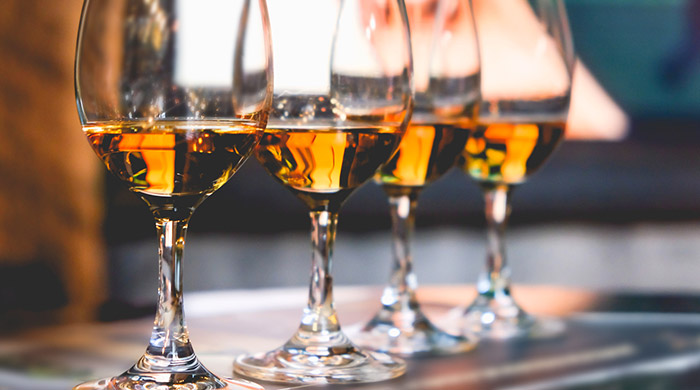Very rarely have I ever looked forward to waking up early on a weekend, less so when the word “class” or “lecture” is even remotely involved.
This, however, I could do every week. William Grant and Sons, the house most well know for Glenfiddich single malt whisky, has curated a syllabus on whisky understanding and appreciation for which I would be starting at the very bottom—at the Apprentice level. Journeyman and Master levels follow this, ideally after completion you should be able to walk into any distillery and receive employment on the spot. This was my hope, at least.
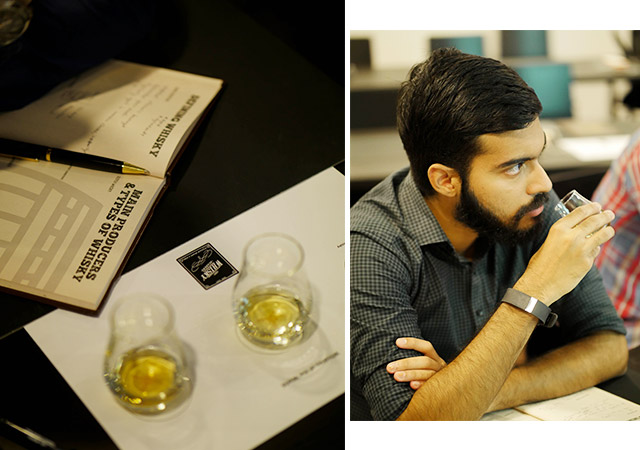
Taking the class at The RAD Pad was Matthew Fergusson-Stewart, Glenfiddich Asia Pacific brand ambassador and affable whisky enthusiast. My fellow classmates were bar staff—as usual I was already a backmarker as far as knowledge went—from such venues as Troika Sky Dining and Sparrow, the latter being the second cocktail bar opened by dynamic duo Karl Too and Shawn Chong after Omakase.
This Apprentice level was to cover the basics; history, manufacturing processes and types of whisky along with some interesting industry knowledge. You get a cool workbook with which to enter all this information, the start of your own personal whisky bible. Also, to clear the air, there is no legal or quality difference in the usage of spellings “whisky” and “whiskey”. With the exception of Sweden, any country with the letter E in its name tends to use whiskey while those which do not i.e. Scotland, Taiwan, Japan etc favour whisky instead.
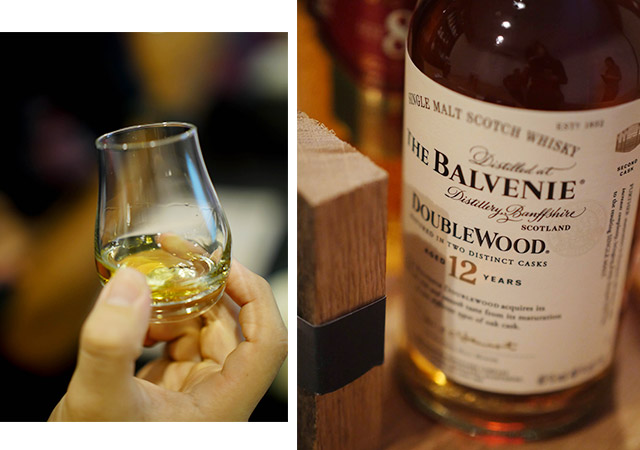
Whisky is defined as a distilled alcoholic beverage made from grain and aged in wooden casks to an ABV of above 40 percent. Full stop. Each country has its own rules, the most famous of which comes from Scotland: a whisky can only be called Scotch if it is a yeast-fermented mash of cereal grains aged for at least 3 years in Scotland. Think everything with a Glen- or Ben- prefix, and add Singleton, Lagavulin, Laphroaig et all. What separates American bourbon, such as High West for example, from everything else is that more than half of the base grain must be corn and that aging can only be done in new American oak casks.
Armed with my notebook I scribbled away furiously as Matthew spoke. To his and WGS credit, the course was in no way a promotional tool for their products, but an effort to elevate knowledge and appreciation among the whisky connoisseurs of the world. Fun fact: India is the biggest whisky producer in the world by volume. As far as brands go, Glenfiddich is the biggest single malt producer while Johnnie Walker produces the most blended whisky.
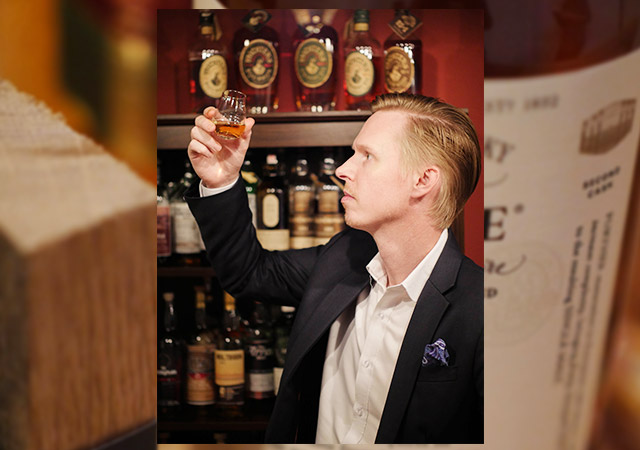
In the history of whisky, the first recorded order for the tipple was found in an entry in the Exchequer Rolls—essentially the books of government expenditure. “Eight bolls of malt to Friar John Cor wherewith to make aqua vitae” was the notation, issued by none other than Scotland’s King James IV. Eight bolls in today’s measurements is about 790 US liquid gallons, or about 3,000 litres of the good stuff. No good trying to call it the water of life, Jimmy, we can tell you like to party.
I won’t bore you with the entire production process from start to finish, as Google could probably do the same complete with a funky animated YouTube video, but here are the Cliffnotes. Malting, mashing, fermenting, distilling and maturing. The moisture of malting causes the grain to germinate, which in turn activates enzymes to convert starch into sugar. Mashing extracts this sugar in the form of a liquid called wort (but pronounced wert), which the fermenting stage turns into alcohol. The alcohol is then distilled to purify it, unwanted chemicals such as methanol are removed, and increase its concentration. The whisky is then matured to its desired final state in wooden casks.
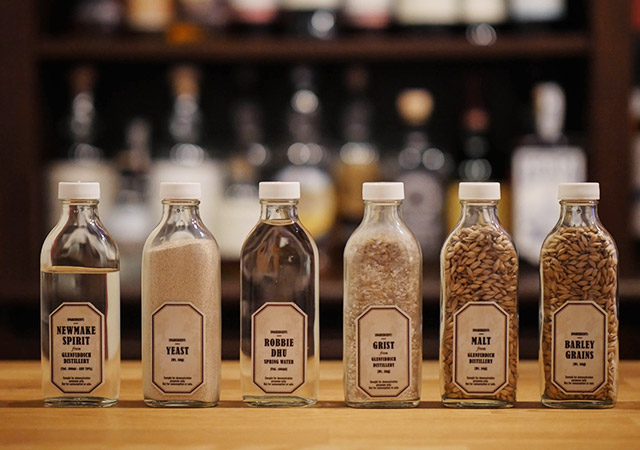
Fun fact #2: the Angel’s Share refers to the liquid evaporated away during maturing due to the porous nature of casks. It is about 2 per cent per year in Scotland and higher in warmer climates; however, the type, quality and size of cask are significant factors too. This is one of the reasons higher-aged whiskies are more expensive—a significant portion of the liquid is lost over time.
The fun day of learning with Teacher Matthew ended—after a whole lot of whisky—with a test. Of course what did I expect, had I just sat there drinking without checking what new knowledge I had gained I might not have come away with anything. It was not too difficult, this being the introductory level, separating whisky we tasted based on country instead of Scottish regions and being allowed to refer to our notes from the day.
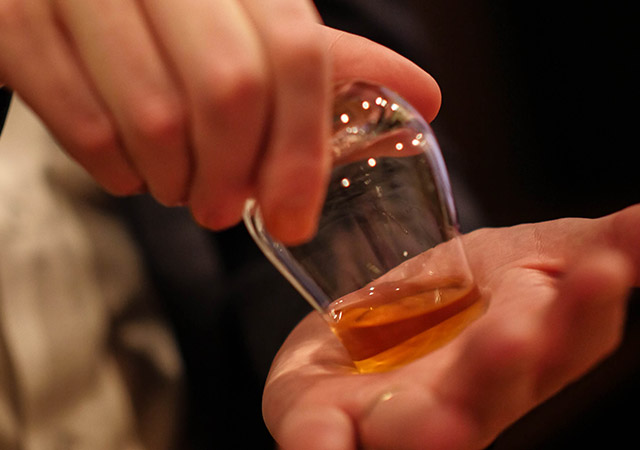
With a 92 per cent, probably among the best results ever obtained for anything in my life, I was rewarded with, you guessed it, more whisky. Miniature bottles of Glenfiddich’s 12YO, 15YO and 18YO to be precise. Not a result I would recommend excitedly taking home to show your parents, mind you.
RAD Impressions hosts The Whisky Academy to coincide with Matthew’s visits to Malaysia, as such the schedule for classes is not exactly fixed. The best place to stay up to date with this and other classes offered by RAD—cocktail-making, liquor tastings, etc—would be to follow them on Facebook and Instagram. Stay tuned for when we take things up a notch and attend the Journeyman level of the Whisky Academy. I’m aiming for 94 per cent.
Related stories:
I went for Shawn Chong’s whisky cocktail workshop and here’s what happened
3 Chinese New Year cocktails you can make at home for #CNY2017
#InstaLove: This ‘Goblet of Fire’ cocktail from a Harry Potter themed cafe in Singapore
| SHARE THE STORY | |
| Explore More |
